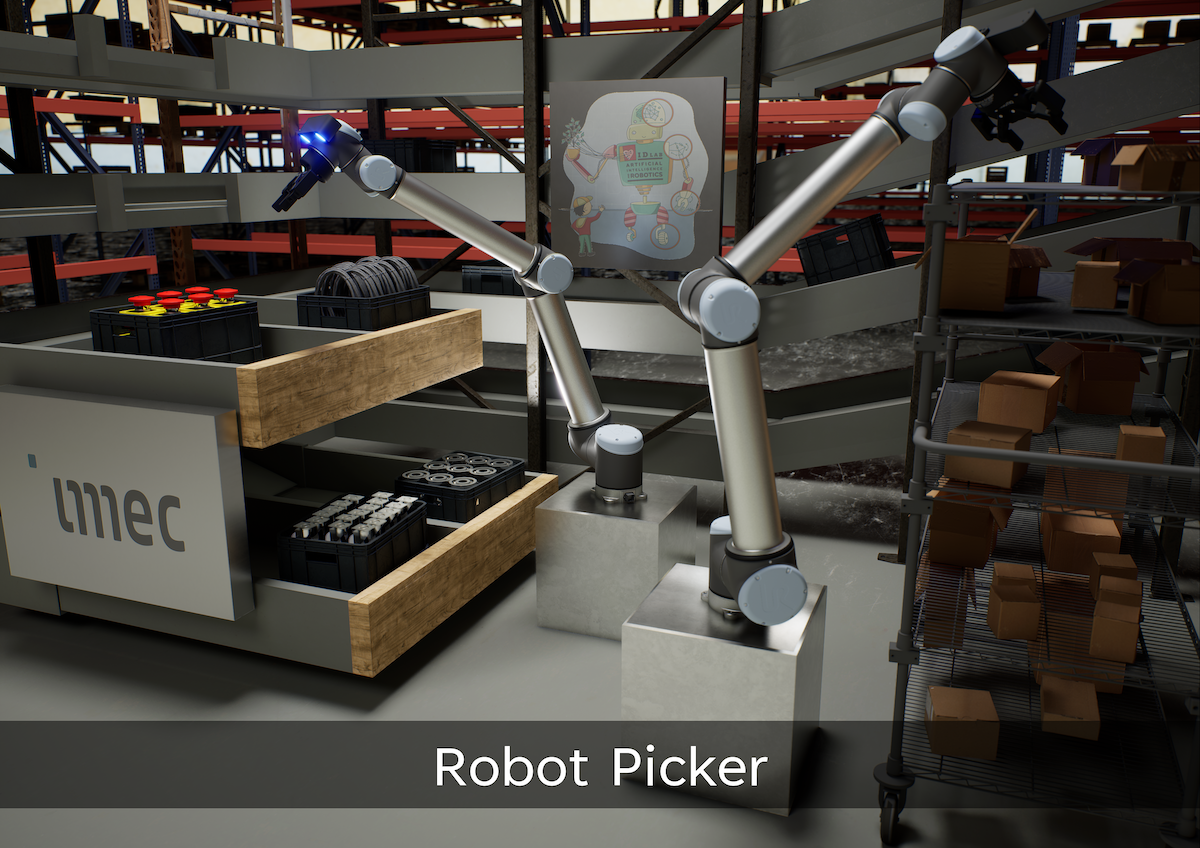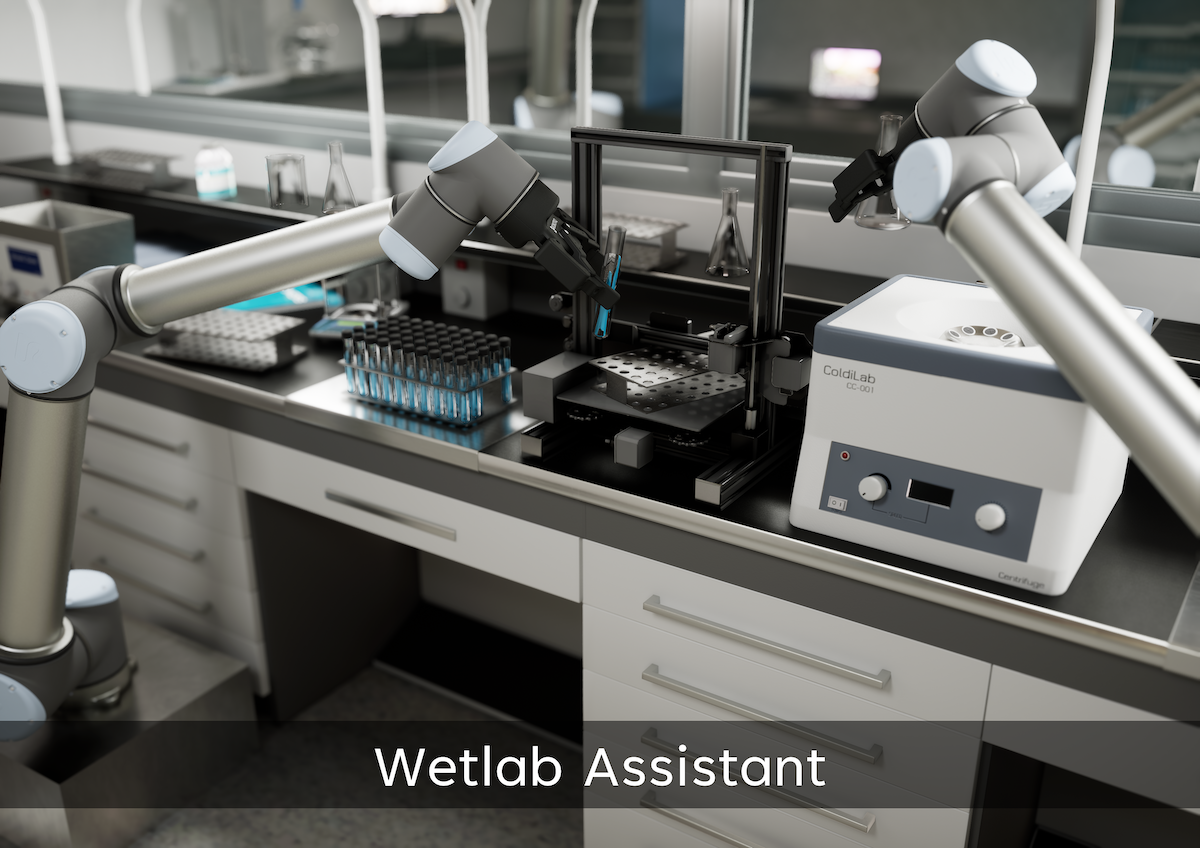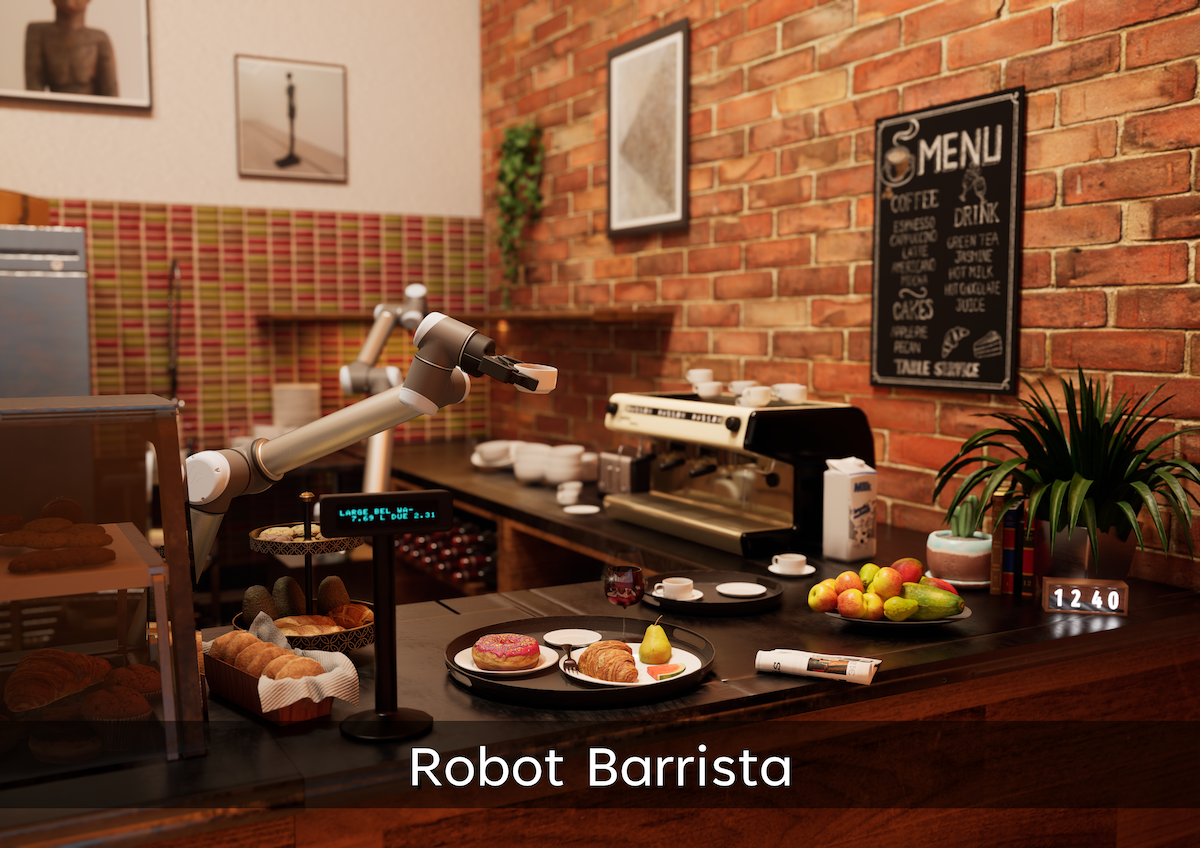Robotic folding at imec ITF 2023
World ITF World is a conference that brings 2000 technology experts together. We were present with our work on robotic manipulation of challenging objects.
What we demonstrated
At ITF World we demonstrated robotic unfolding with a multi-robotarm setup. Our work was also on national television!
What we offer
We prove the applicability and feasibility of collaborative robots in your business. We help companies with tailored, collaborative robot setups in which we automate tasks with hard-to-handle objects in dynamic environments. We bring our experience and knowledge of our own research and the state of the art to the industry. We do this by providing explorative studies and developing proof-of-concept collaborative robot setups that come with customer-specific software and documentation in the context of your business.



In automation, specific machines are built to automate a very specific task within narrowly defined boundaries. With the collaborative robots of our cloth folding demo, we can move those boundaries and broaden the scope. We focus on collaborative robot solutions for businesses that perform (1) heterogeneous tasks with (2) heterogeneous objects in (3) heterogeneous environments by learning task execution. This form of learned manipulation allows businesses to save costs and relieve employees from repetitious tasks and let them focus on value-added activities requiring a human operator.
Contact us now
- Andreas Verleysen, PhD, Senior Robotics Engineer (Andreas.Verleysen@imec.be)
- Francis wyffels, PhD, professor Robotics & AI (Francis.wyffels@UGent.be)
From cloth folding to your business
